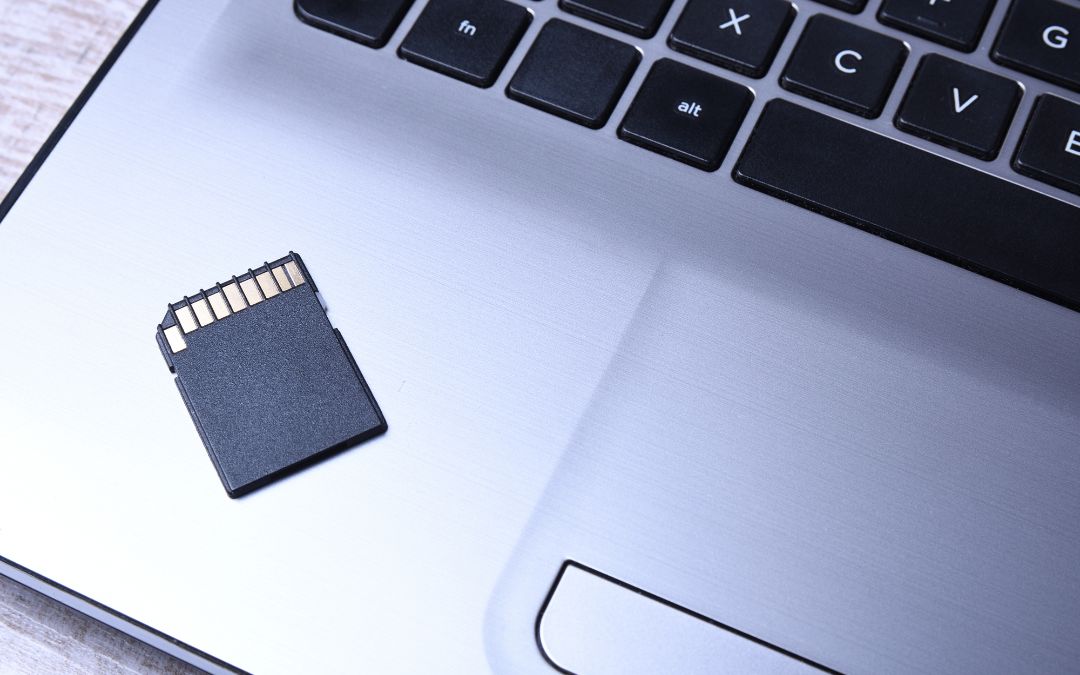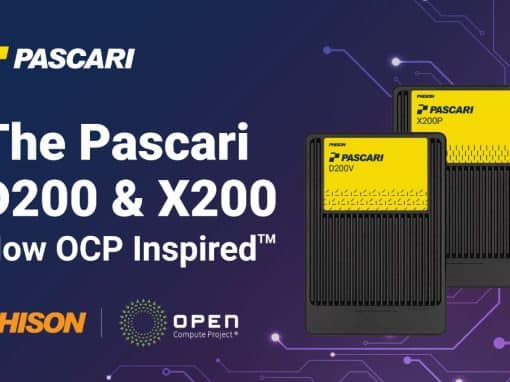The world is experiencing unprecedented growth in the need for storage, and with that comes the need for faster data reading and writing performance. According to research, we will be storing 200 zettabytes of data per year—with read and write performance rates of hundreds to thousands of MB/s. In addition, this growth is occurring not only in professional and industrial applications, but also on a much more personal level. In this era, anyone is able to stay connected to the Internet of Things as long as they have the right tools, such as professional recorders, advanced computers and servers and virtual reality devices. Needless to say, all of these devices will require high-performance read and write speeds.
As people strive to stay on top of technological advancements and use technology to improve lives and businesses, they need to be able to store, access, manage and share enormous amounts of data. For many of these people, the ideal portable data storage device is the SD Express or microSD Express card.
What are SD/microSD Express cards?
SD Express cards are flash-based memory cards that were first created under the SD Association in 2018. Essentially, they were based on well-known SD memory cards—but were fitted with PCIe interfaces for faster and more efficient data transfer. Today’s SD Express cards can deliver performance of up to 4 GB/s, which is at least eight times faster than the fastest legacy memory card. The cards are also backward-compatible with existing legacy memory card hosts (though you might lose some performance when running them in legacy hosts).
Recently, the industry has begun to see some evolution in microSD Express cards, which are the same as SD Express cards, just in a smaller footprint. This makes them ideal for small devices such as smartphones, IoT sensors, drones and so on.
The evolution of SD Express technology
According to research by Trend Force, SD and microSD cards are currently the most commonly used removable memory storage in the world. In fact, the next most popular form factor, the USB drive, ships just 30% of the total yearly volume of SD and microSD cards.
SD and microSD memory cards are familiar and common among both consumers and businesses. Transferring data with standard SD and microSD cards was simple (and rather slow), but as technology advanced, the need for faster transfers and the volume of data being transferred also increased. For example, users of home security in the past might have had just one or two security cameras at important corners of the house. But now, with the help of IoT, they can have double or triple the number of cameras—and connect all of those cameras to the same central computer or even to a user’s smartphone.
Another example is the increased need for digital memory in cars. With the advancement of electric and smart cars, memory cards became necessary not only for driving recorders, but also for in-vehicle infotainment systems and GPS as well.
To meet the increasing demands of portable high-speed data, the SD Association upgraded standard SD and microSD cards with a PCIe interface and called them Express. For host designers, it packs high PCIe performance in a small package that is extremely easy to design the host around. For end users, it is a direct upgrade of current legacy SD and microSD cards, plus they can be used with the latest tech equipment and have a mature ecosystem. It is a win-win situation for both sides.
The benefits of using SD Express and microSD Express cards
The most obvious benefit of SD Express and microSD Express cards is the enhanced performance. However, “SD Express is not just about faster data transfer,” said Hiroyuki Sakamoto, president of the SD Association, in a recent article, “—it’s about building a bridge to the future.” SD Express and microSD Express cards enable the next generation of devices that need much larger storage capacities and higher performance. With SD Express technology, manufacturers can ensure that their products can maximize the benefits of 5G, IoT, AI, machine learning, virtual reality and many other advanced technologies.
The backwards compatibility of SD Express is also highy beneficial. When users need to collect data using increasingly high-tech, high-performance devices, they can use an advanced SD Express or microSD Express card. Consider that interaction an “input station,” where the majority of data writing or recording to the memory device occurs. After data has been collected, some users may need to work on the data that was recorded, such as editing raw video footage. When they extract the recorded data either at home or in the office, they could do it at a “workstation” that still uses standard SD or microSD memory. The data inside the SD Express or microSD Express cards is still easily extractable by legacy hosts. Essentially, SD/microSD Express cards become the bridge for users to interact with high-tech devices seamlessly.
Choose Phison for advanced, reliable SD Express and microSD Express memory
Phison has been a board member of the SD Association for more than 20 years. In fact, the company shipped the world’s first commercial SD Express card back in 2021. Now, as demand for microSD Express memory grows, Phison is proud to present the fastest version in the market so far. It’s equipped with the more advanced 3D-layer NAND flash and contains purpose-built hardware and firmware that is designed to reduce heat and control the temperature during use.
On top of that, one of Phison’s greatest strengths has been the fact that it’s a design house with 100% in-house development from controller to firmware. That means the company can collaborate closely with customers to accommodate even the most unique and demanding use cases in the market. This allows Phison customers to smoothly transition from removable legacy memory storage to PCIe storage—which empowers them to take advantage of today’s most cutting-edge and evolving technologies.











